What to put in the hole when planting cabbage?
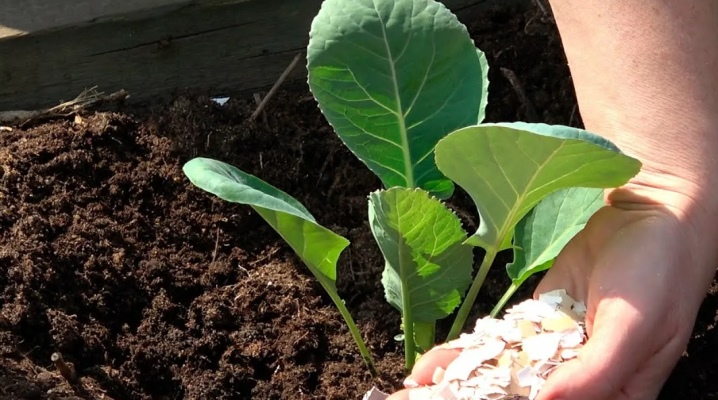
Regular feeding of cabbage throughout its cultivation is one of the conditions on which the volume and quality of the future harvest depends. Experienced gardeners carry out the very first feeding of this culture in the open field even at the stage of planting, adding the necessary nutrients directly to the planting hole. Consider what you can add to the hole when planting cabbage to ensure you have a good harvest.
Why add fertilizer?
Experienced gardeners, when planting cabbage seedlings in open ground, add various additives to the holes for several main reasons. Most often this is done in order to increase the fertility of the soil at the planting site. This procedure is especially relevant when planting cabbage seedlings in areas with poor and infertile soil, on which a large number of cultivated plants are grown that actively consume nutrients (for example, nitrogen and potassium).
Some additives are added to the hole when planting cabbage in order to improve the structure or reduce the acidity of the soil. It is known that this garden crop takes root extremely poorly and grows slowly on heavy, dense, and acidic soils.
If the summer resident does not take care of solving these issues in advance (deoxidizing the soil or improving its structural properties), then his chances of getting a high-quality and bountiful harvest will be very small.
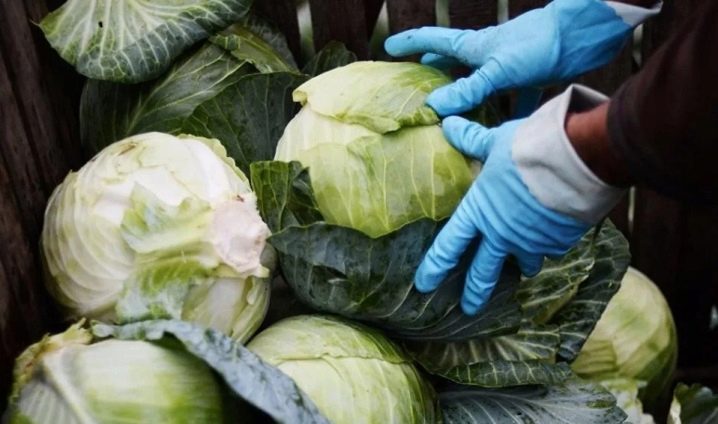
Certain types of additives are introduced by gardeners into planting holes in order to protect the root system of seedlings from pests. Typically, such additives are in the form of acute-angled fragments or granules that block the access of insect pests to the tender roots of young plants.
Another group of agents added to the holes when planting cabbage allows you to disinfect the soil from pathogenic bacteria, viruses and fungi. In particular, their use is important when planting cabbage seedlings in areas where there were previously cases of infection of cultivated plants with bacterial, viral or fungal infections (rot).
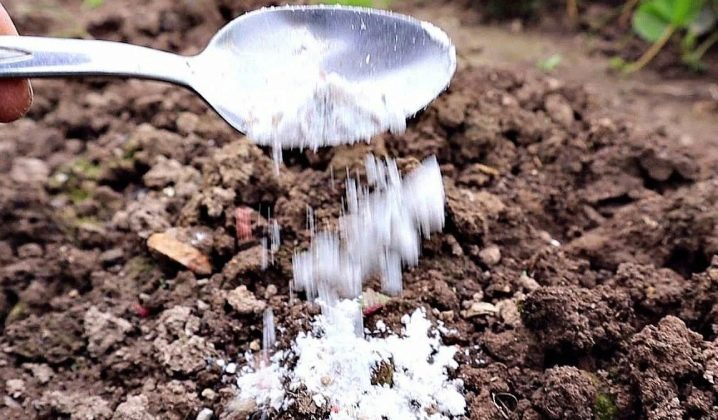
Possible options
To increase soil fertility, experienced gardeners usually add the following organic and mineral fertilizers to the planting holes:
- nitrogen organic matter - rotted cow or horse manure (consumption per hole - a glass without a top);
- humates (the dosage is calculated in accordance with the instructions for the preparation);
- phosphorus supplements - 15 grams of superphosphate per well;
- potassium supplements - 25-30 grams of potassium sulfate per well;
- nitrogen-containing additives (urea, ammonium sulfate), their dosage is also calculated in accordance with the instructions.
Nitrogen-containing fertilizers applied to the hole when planting cabbage seedlings will further allow young plants to more actively build up green mass, which will have a beneficial effect on the size, weight and taste of the heads of cabbage. However, it is not recommended to deliberately exceed the dosage of drugs when planting cabbage seedlings in the holes, since this can negatively affect the formation of heads of cabbage (due to an excess of nitrogen, they can become loose, lignified and tough). Besides, with a high nitrogen content in the soil, cabbage cabbage can begin to accumulate harmful nitrates.
Phosphorus-containing top dressing, in turn, can be put into the holes to stimulate the growth of cabbage seedlings, accelerate the development of its root system. Potash fertilizers also help young plants to develop more actively, strengthen their immunity, allowing them to more successfully resist insect pests.

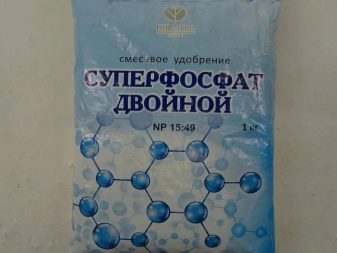
Wood ash is a universal natural fertilizer containing over 30 valuable microelements necessary for plants. Ash is often added when planting cabbage seedlings in holes in the amount of 1-2 tablespoons. This simple and affordable supplement allows not only to enrich the soil with nutrients, but also to improve its structure, as well as reduce acidity. An important condition is the use of ash obtained from burning wood and wood residues, and not summer cottage waste.
Slaked lime and dolomite flour are two popular ingredients that gardeners often add to planting holes to deoxidize the soil. To achieve the desired effect, one of these components is poured into the planting holes in the amount of 1-2 teaspoons.
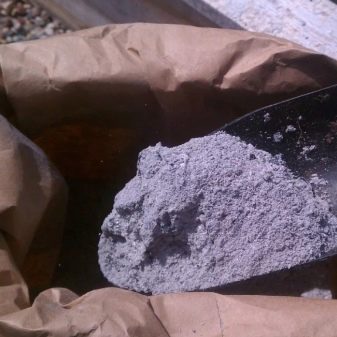

Humus is a natural organic feeding obtained by overheating livestock waste and plant residues. The introduction of humus into the soil when planting plants makes it possible to improve its structure and drainage, to increase the content of nutrients (valuable micro- and macroelements) that are required by plants during the period of active development. Given the harmlessness of this natural fertilizer, it is allowed to add it to the planting holes in increased quantities - up to 2 handfuls.
Crushed eggshells are a simple, harmless and affordable additive that gardeners often add to the holes when planting cabbage to protect plants from pests such as bear, slugs and wireworm. Experienced summer residents argue that a small amount (1-2 teaspoons) of crushed eggshell will protect the delicate roots of cabbage seedlings from pests that can actively move in search of food in the surface layers of the soil.
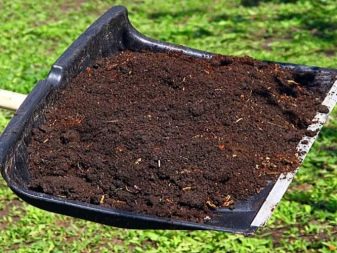
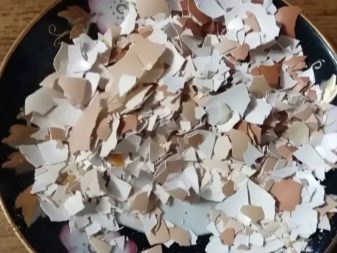
These products are the most commonly used when planting cabbage. As practice shows, the maximum effect is provided by the use of the above means in combination with each other (not alone). Below are the most popular mixtures that summer residents add to planting holes to increase the yield of cabbage:
- a handful of humus and a handful of wood ash;
- a small amount of crushed eggshell, a handful of sawdust soaked in birch tar, complex fertilizer (dosage is according to the instructions);
- a glass of mullein (rotted manure) and 1-2 glasses of wood ash;
- superphosphate, potassium sulfate and a glass of ash (drugs are taken in the above dosages).
In the absence of some additives, it is not forbidden to lay one of the above components in the hole, taking into account its further action (feeding seedlings, deoxidizing the soil or improving its structure). You can also use ready-made complex fertilizers from trusted manufacturers. These are such products as Biona, Florizel, Agricola, Fertika.

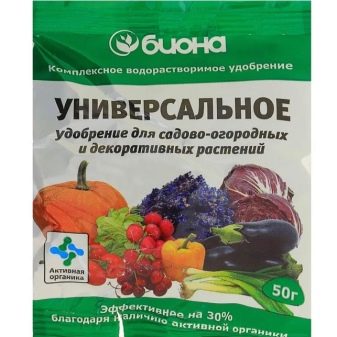
Common mistakes
One of the most common mistakes that novice gardeners often make is the introduction of fresh manure, which did not have time to rotate manure, into the hole. In this case, the root system of cabbage seedlings will inevitably be damaged by burns. Only rotted manure is allowed to be introduced into the holes (when rubbed in the hands, rotted manure does not exude a specific smell and turns into dust).
Another common mistake of some gardeners is to make a large amount of additives and dressings when planting cabbage in areas with fertile and well-drained soil (black soil). In this case, an excess of nutrients in the soil can have an extremely negative effect on the quality of the crop.
It is strictly not allowed to plant cabbage seedlings in a fertilizer hole without subsequent watering.After placing a young plant in the hole, the soil at the planting site must be abundantly shed with warm, settled water in order to protect the root system of the seedling from burns.














The comment was sent successfully.